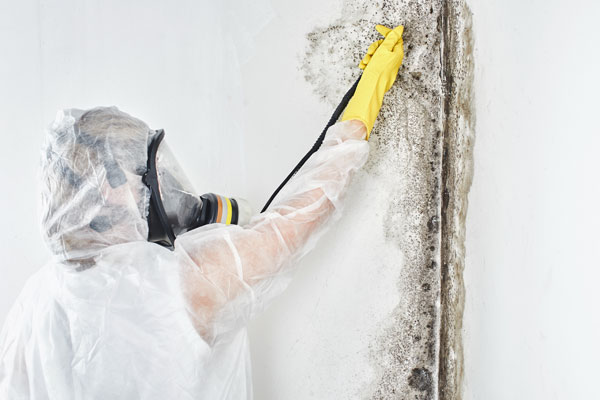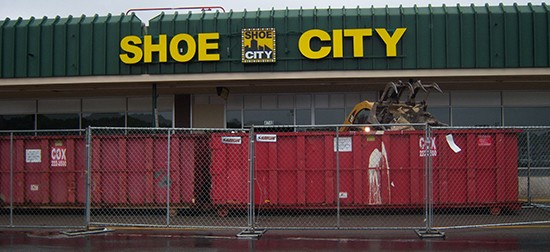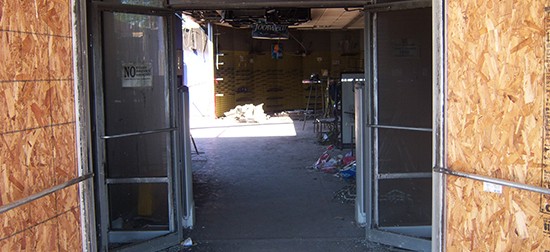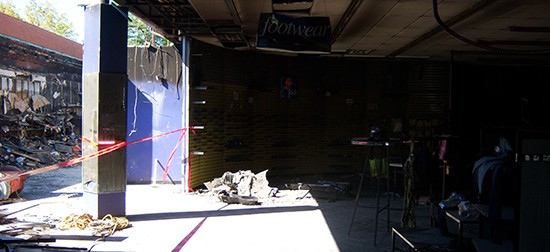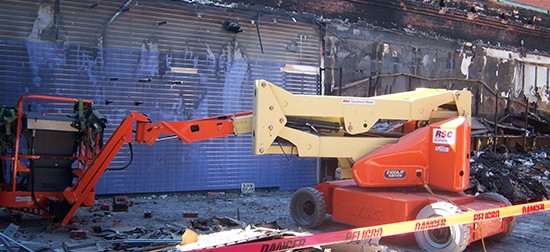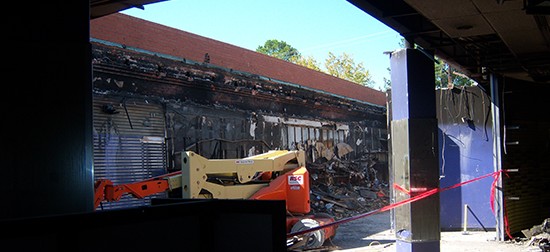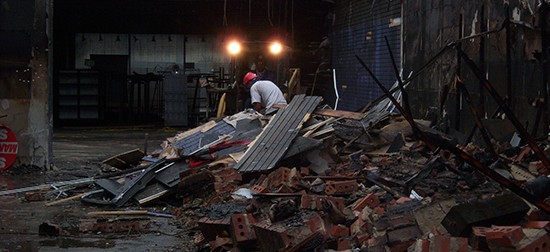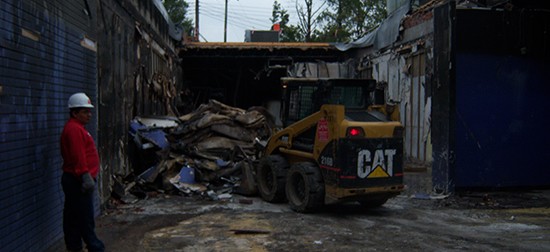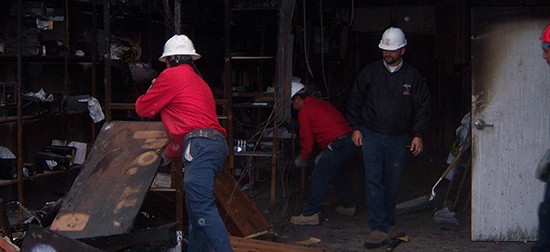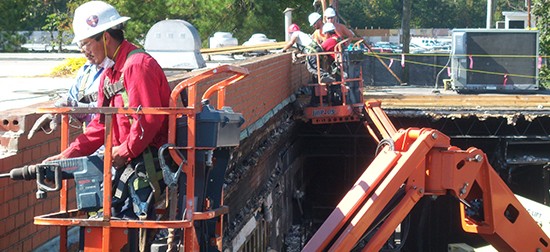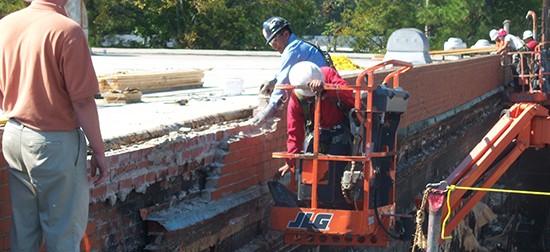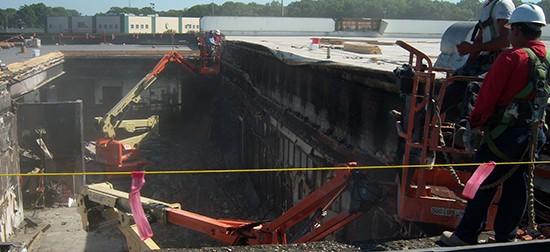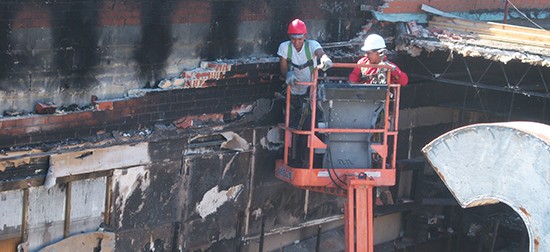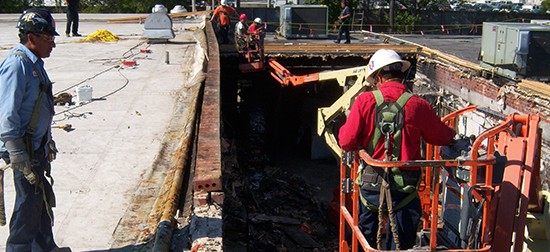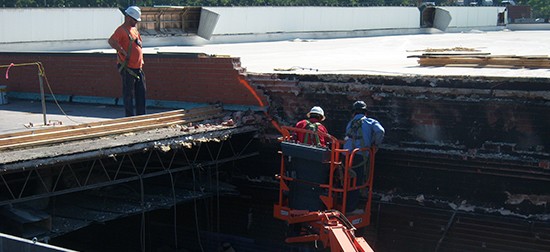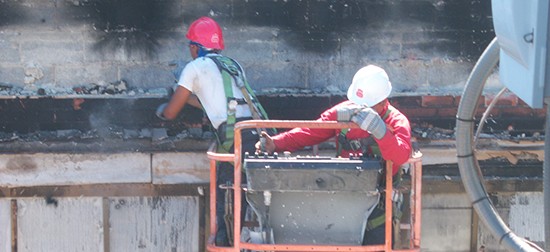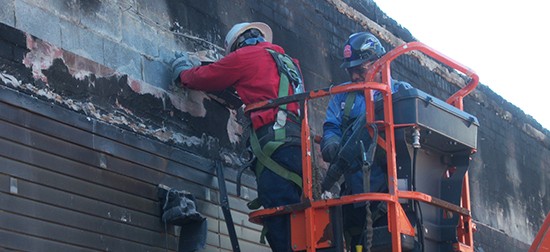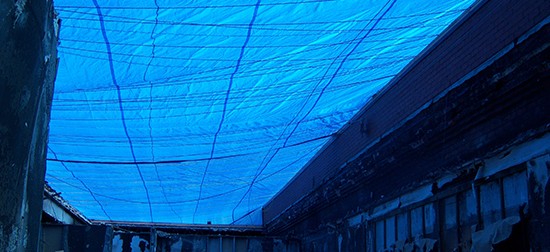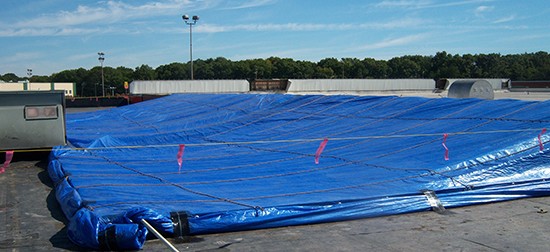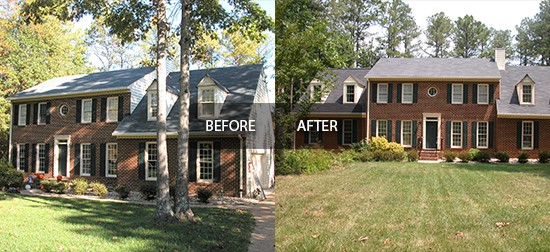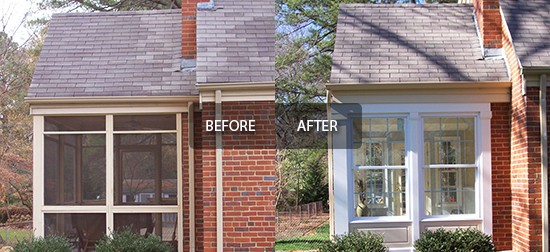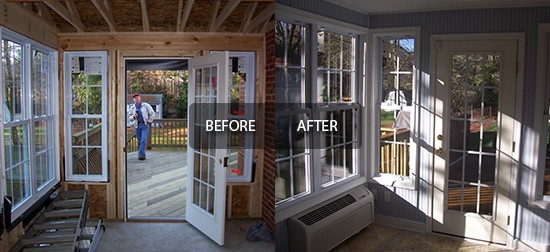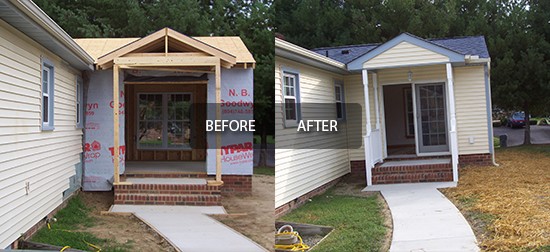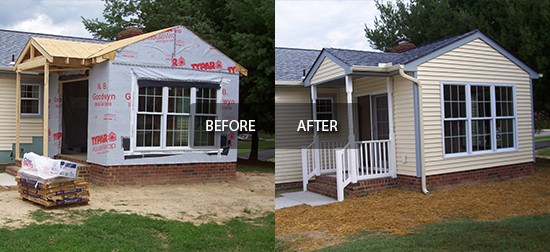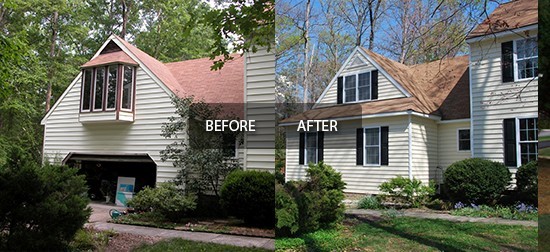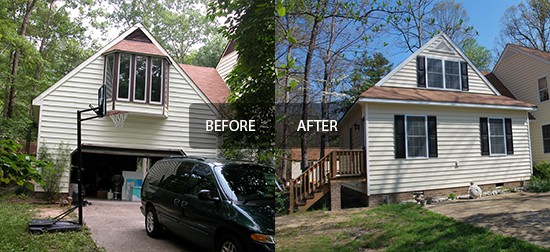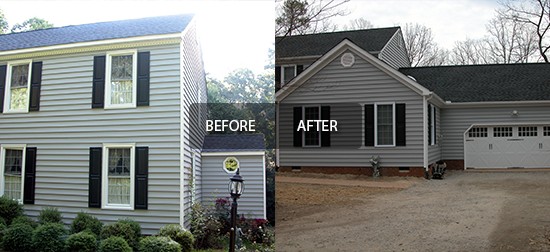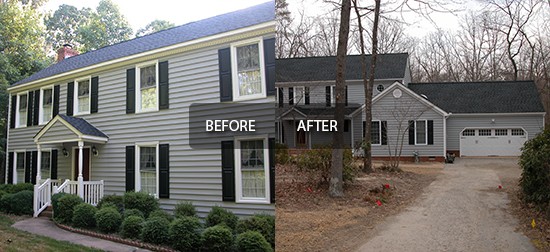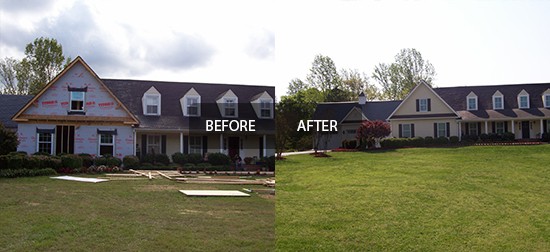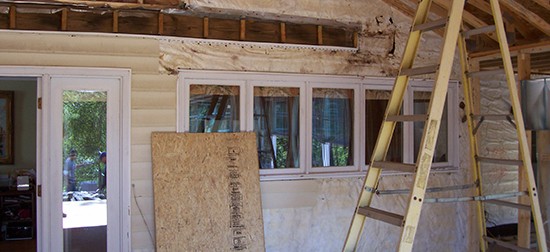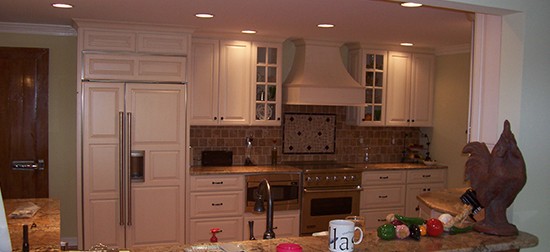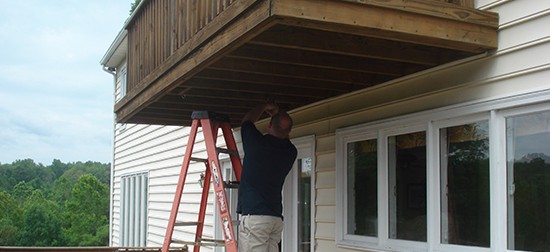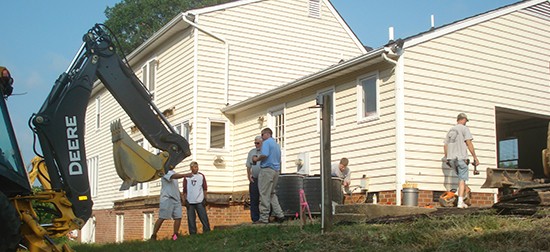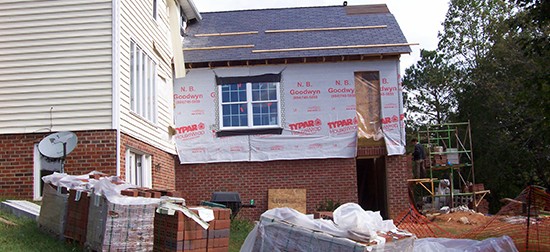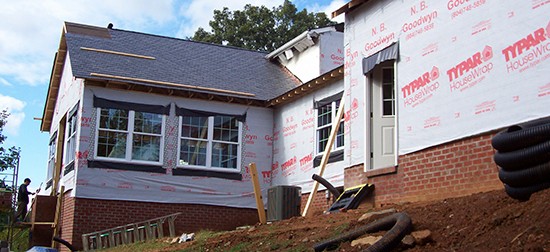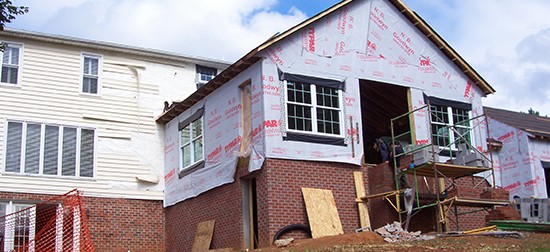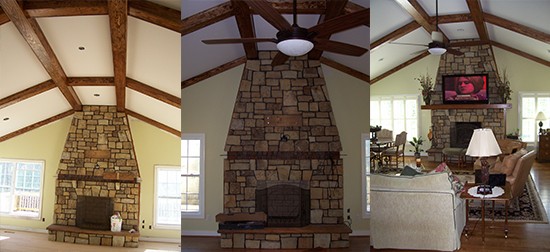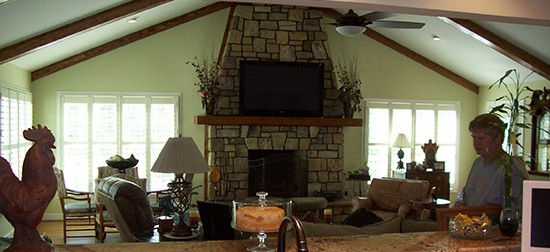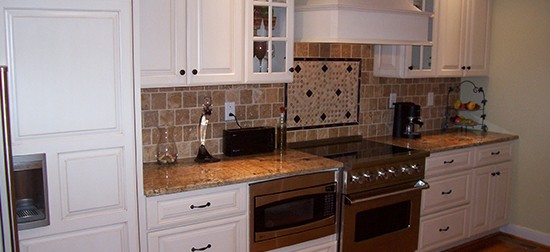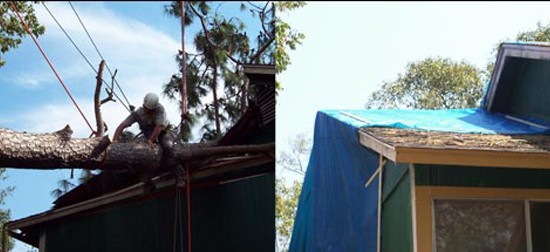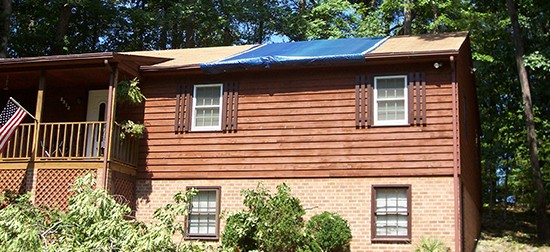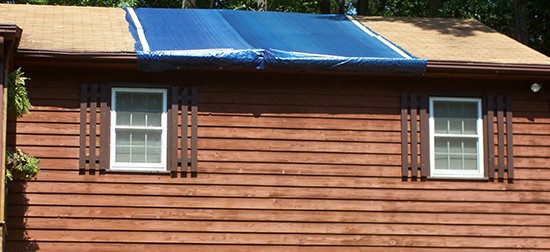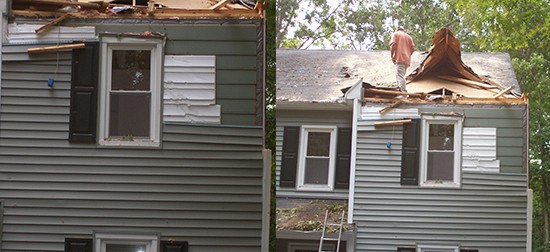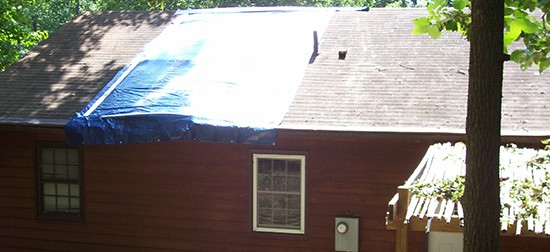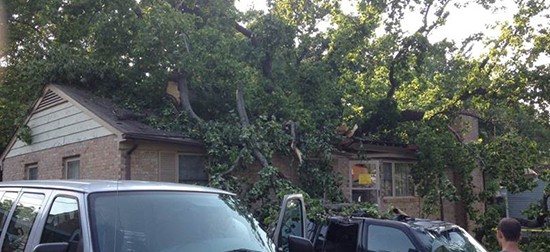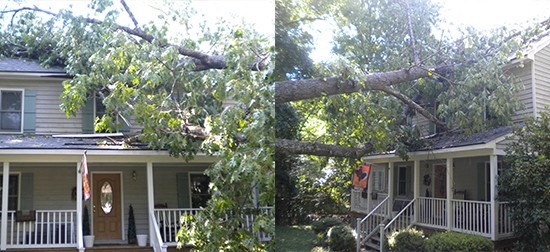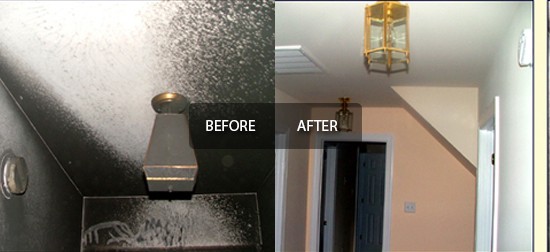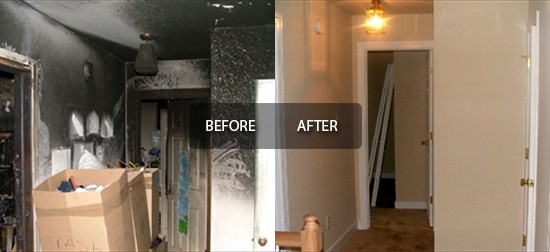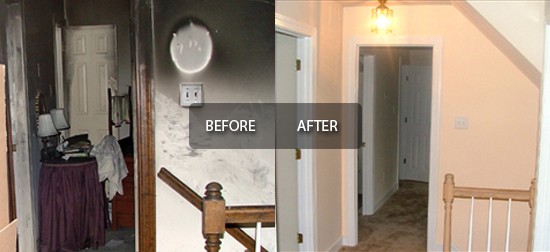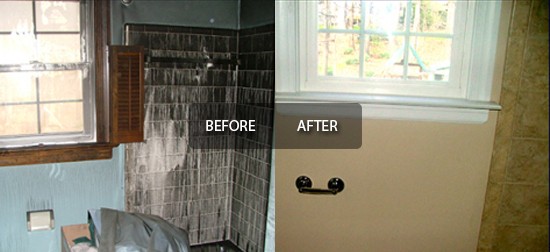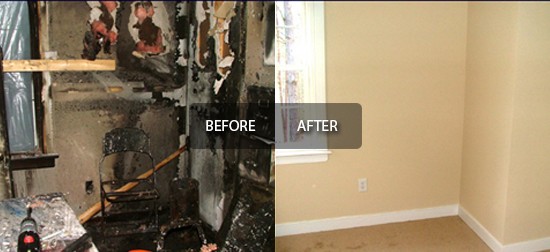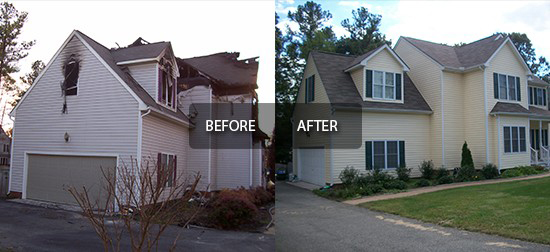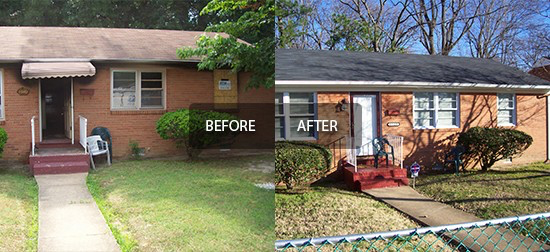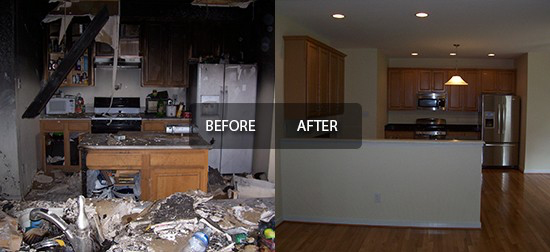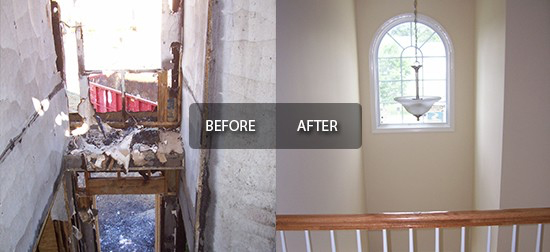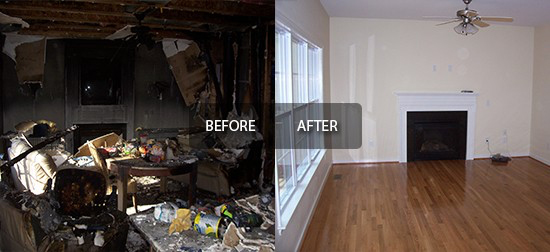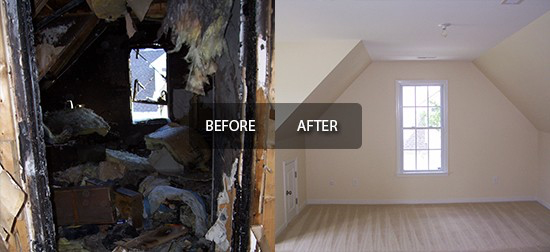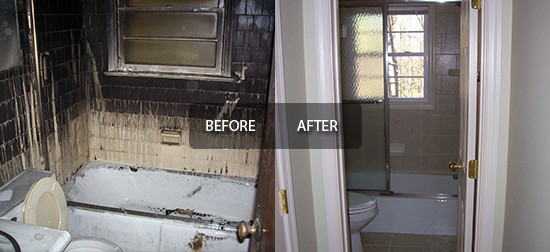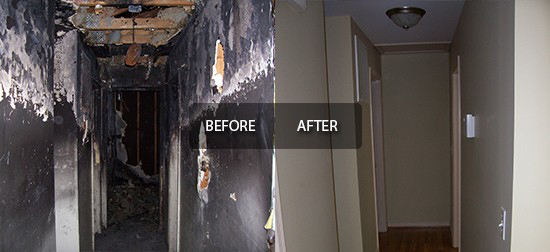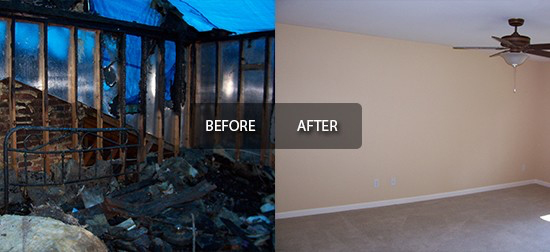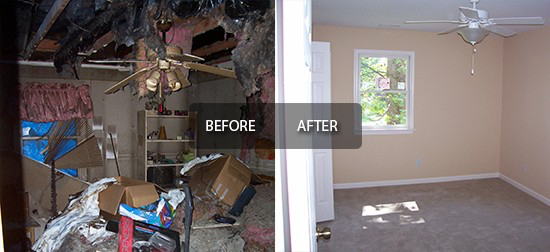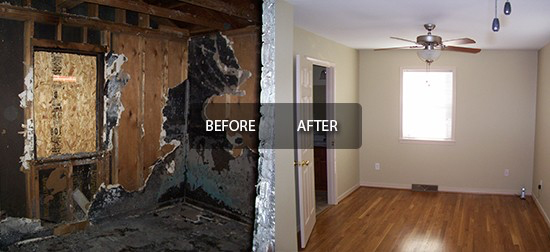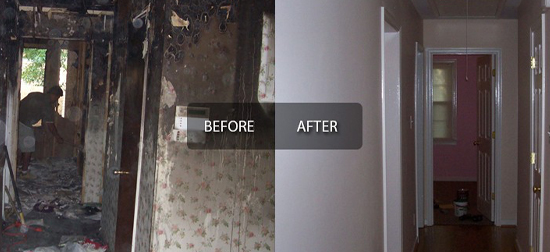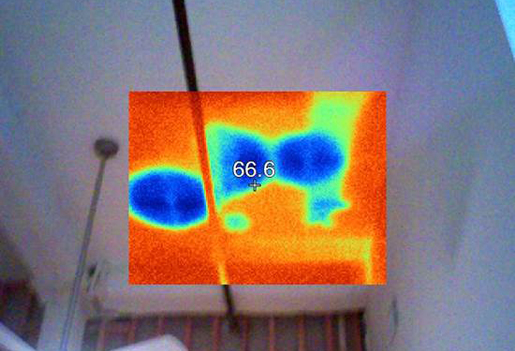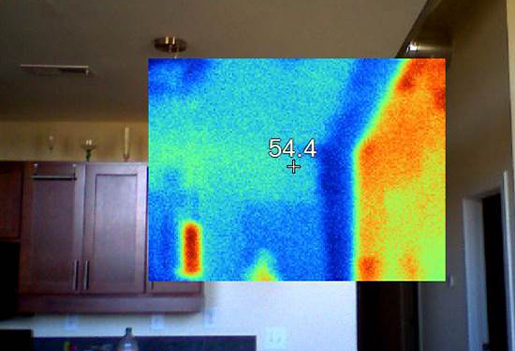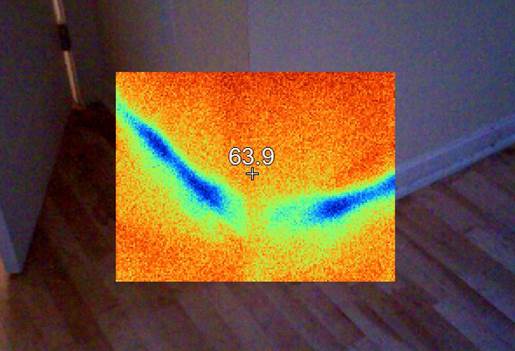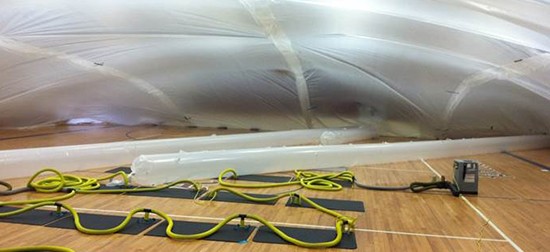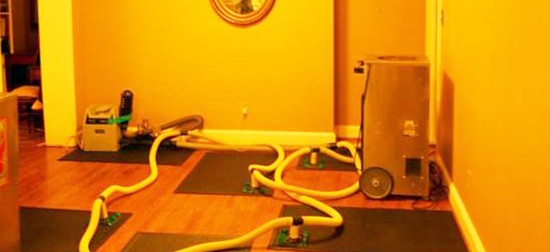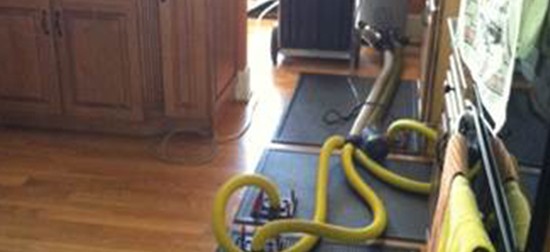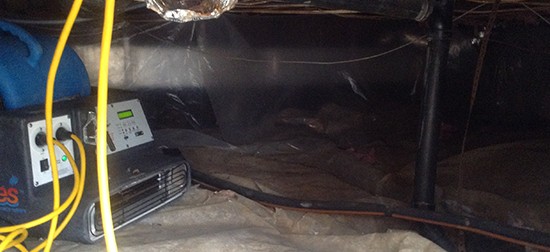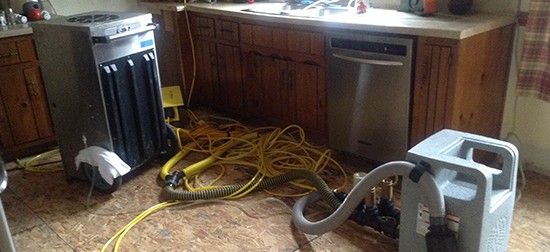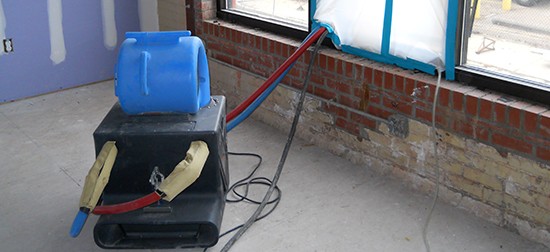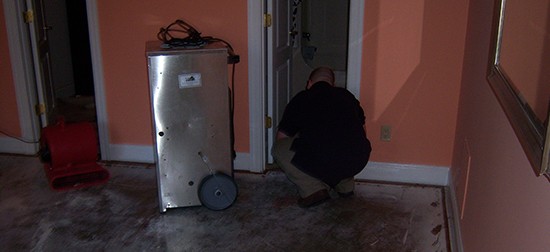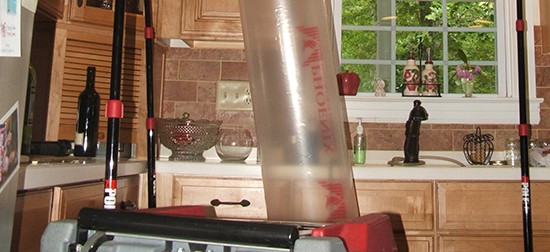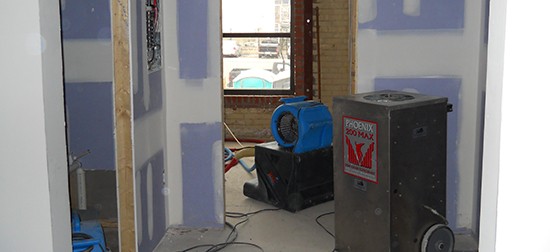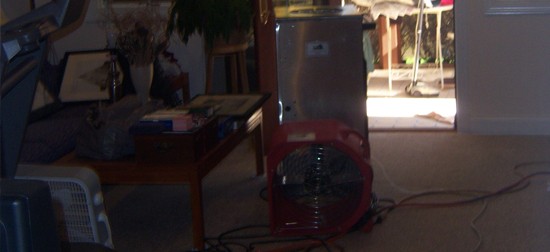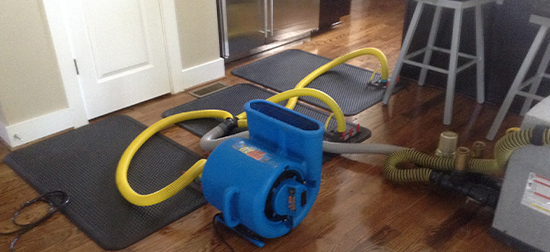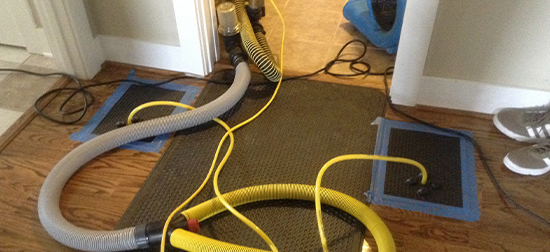The last thing on most homeowners mind is wondering what secret places mold could be hiding in their home. Unfortunately, mold is much more common than you would think and can seemingly come out of nowhere to cause you headaches in the home.
As is the case with most water derived issues, there is a good deal you can do to prevent mold from effecting your home. As you will see, some ways you can go about preventing mold can be done in no time at all.
What is Mold?
Many people have hard of model and know it is bad, but do you really know what it is? Essentially, mold is just a type of fungus that has the ability to reproduce and spread incredibly easily. While not all mold is harmful and can damage your health and home, large quantities of mold in your home can be an issue.
Mold is a living thing that is able to spread by releasing pores that travel and grow in new areas. Mold especially loves to live in areas that are damp and full of untouched moisture.
Why is Mold so Concerning?
Other than being a sore sight in your home, mold is something to avoid in the home for a few reasons. Primarily, mold can cause people with breathing issues problems if they have a decent amount of it in the home breathing in the pores that mold releases is not good for anyone’s health can make some people very sick.
Additionally, mold also causes damage to the structure is lives on. Mold is very hard to remove and often causes irreversible damage to whatever surface it decides to call home. With so many reasons to try avoiding mold, let’s look at some of the easiest ways to prevent it from growing in your home.
Easy Ways to Prevent Mold in your Home
Improve Air Flow
Mold loves to thrive in humid areas where moisture is able to build up without much resistance. In most homes, there is a higher level of humidity that should be present when all the doors and windows are closed. To improve airflow within your home, opening up a few windows to let fresh air in lowers the humidity naturally and helps prevent moisture from building up.
Reduce Moisture Levels
Just as opening up the widows helps increase air flow, you can also use other methods to decrease moisture levels within your home. A great way to reduce moisture in your home is to use a dehumidifier. As the name suggests, these small yet powerful devices are able to remove moisture and humidity from the air inside your home. Imply turn on the machine and the areas where mold could potentially grow will immediately reduce.
Look for Leaks
Water leaks are not only a common reason that people need disaster restoration, but they are also a common source of black mold in the home. Black mold is the one that you really want to watch out for as it is the most harmful to you and your home when it is in the air. Leaky pipes in general are something to avoid in the home for a wide array of reasons.
Look in areas where you can see the plumbing and see if there are any pools of water that have built up under any pipes. While you can’t do this for every pipe in the home, look for any signs of water where it shouldn’t be that could indicate a potential leak and mold breeding ground.
Clean up When Water Damage Occurs
While it may seem obvious, many people don’t think that water in the home can cause any serious damage. From a toilet overflowing to water flooding into the house, any water where it shouldn’t be needs to be addressed as soon as noticed.
Depending on the source of the water, it is often advised to reach out to a professional mold remediation team so they can make sure the damage has not already started to begin. Making sure every last drop is removed will prevent water damage from getting any worse than it already is.
Prevent Condensation
Similar to humidity, condensation is something that can occur in a wide array of homes and doesn’t seem like a threat at the time. Condensation is that water you often see on glasses in the summer and is caused when your house has warm air that interacts with cold surfaces like doors and walls.
What causes condensation inside a home is poor insulation. When your walls are not properly insulated, condensation is likely to occur as a result of uneven temperatures. Making sure your insulation is doing its job will help prevent temperature imbalances that would cause condensation to build up.
Keep Your Home Clean
Our last tip is one that you should be following even if your primary goal isn’t mold prevention. Keeping your home clean by getting rid of dusts, cleaning carpets, and monitoring bathroom conditions all go a long way to prevent mold from being able to grow.
Your carpets can allow for dust to gather that will allow mold to grow and a dirty house makes mold have more fuel to grow and thrive with. Simple stains and dust in your carpet could really be mold just waiting for the perfect opportunity to strike and cause you trouble.
In Conclusion
VRS has been helping homes deal with disaster restoration and water removal for years, and mold seems to be common with most jobs. When you want to prevent mold from forming, you need to be proactive and understand what causes it to grow. We hope these essential tips give you an idea of what you can do to prevent mold from growing.
Want to prevent mold in your home?
Reach out to VRS to make sure your home is properly restored after any damage.



